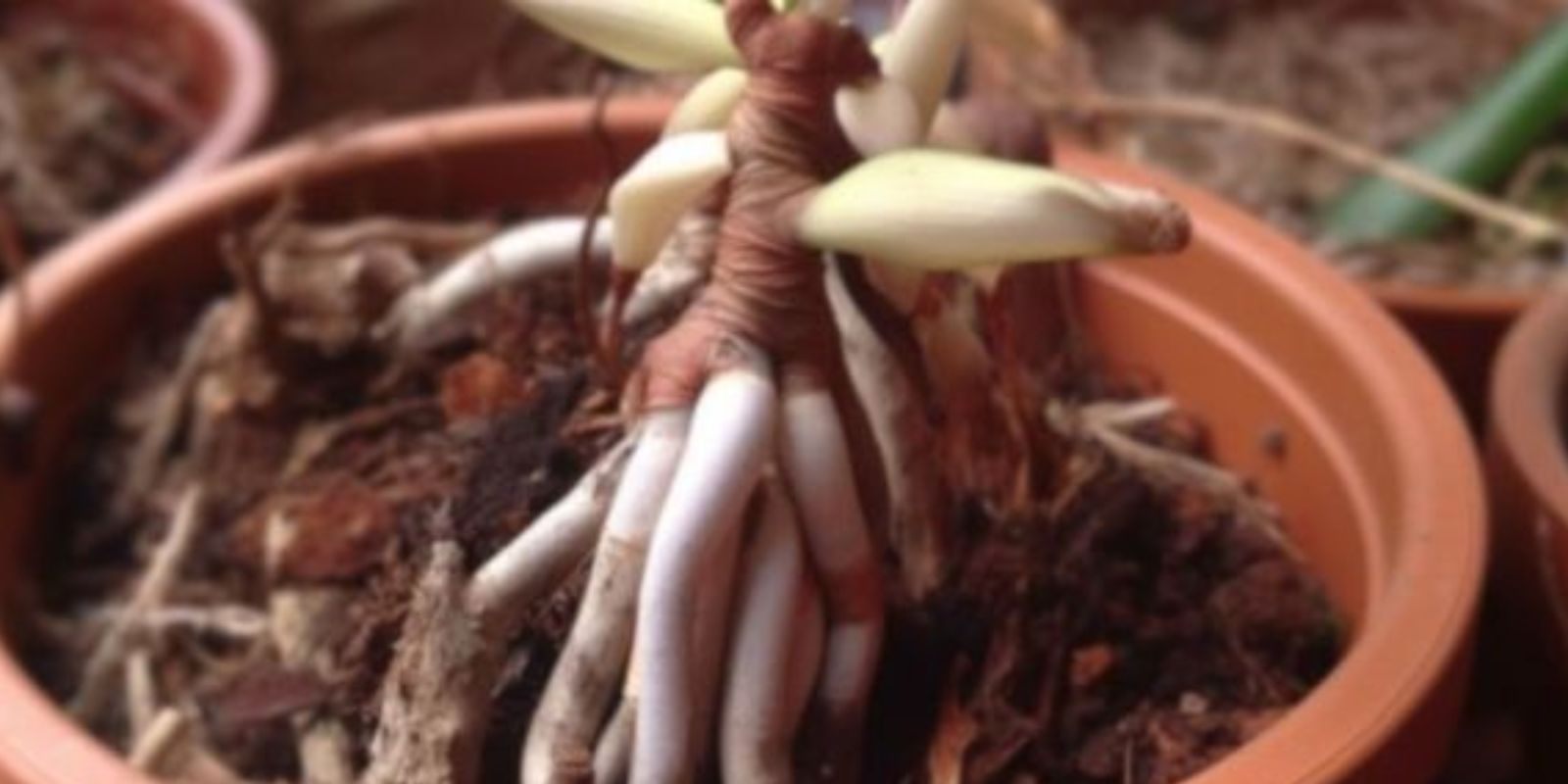Introduction
Orchids are renowned for their exquisite blooms and intricate foliage, making them a prized addition to any indoor garden. However, even these resilient plants can suffer from stress, often manifesting as limp, leathery leaves. Identifying and addressing the underlying causes of this distress is crucial for restoring your orchid to its former glory. This article delves into the common causes of limp, leathery orchid leaves and provides a comprehensive guide to rejuvenating your orchid.
Understanding the Problem
Limp, leathery leaves on orchids are a clear sign that the plant is experiencing stress. This condition can be caused by several factors, including improper watering, inadequate light, pest infestations, incorrect humidity levels, and poor fertilization practices. To effectively rejuvenate your orchid, it’s essential to diagnose the root cause of the problem and take appropriate corrective measures.
1. Checking Watering Practices
Overwatering: One of the most common causes of limp, leathery leaves is overwatering. Orchids, especially those in pots without adequate drainage, can develop root rot if they sit in waterlogged soil. Overwatered orchids often have yellowing leaves, which can become limp and leathery.
Underwatering: Conversely, underwatering can also lead to stressed foliage. If the plant does not receive enough water, the leaves can become limp and dry out, losing their vitality.
Solution: Adjust your watering routine based on the specific needs of your orchid. Most orchids prefer to dry out slightly between waterings. Ensure that the pot has proper drainage and that excess water can escape easily. Water the plant thoroughly, but allow the top inch of soil to dry out before watering again.
2. Assessing Light Conditions
Insufficient Light: Orchids require bright, indirect light to thrive. Insufficient light can cause the plant to become weak, leading to limp and leathery leaves.
Excessive Light: Conversely, too much direct sunlight can scorch the leaves, causing them to become leathery and dry.
Solution: Place your orchid in a location where it receives bright, indirect light. East-facing windows are often ideal. If natural light is limited, consider using grow lights to supplement light levels. Avoid placing the orchid in direct sunlight, as this can cause leaf burn.
3. Inspecting for Pests
Common Pests: Orchids can be susceptible to various pests, including scale insects, mealybugs, and aphids. These pests can cause stress to the plant, leading to symptoms such as limp and leathery leaves.
Signs of Infestation: Look for visible pests on the leaves and stems, as well as signs of honeydew or sooty mold, which can indicate a pest problem.
Solution: Inspect your orchid regularly for pests. If you identify an infestation, treat it promptly using insecticidal soap, neem oil, or an appropriate pesticide. For severe infestations, you may need to remove and dispose of heavily infested leaves.
4. Evaluating Humidity Levels
Humidity Needs: Orchids thrive in a humid environment, typically between 40% and 60% relative humidity. Low humidity levels can cause the leaves to become limp and leathery.
Solution: Maintain proper humidity levels by using a humidity tray or a room humidifier. You can also group orchids together to create a microenvironment with higher humidity. Regularly misting the leaves can help, but avoid excessive moisture that could lead to fungal issues.
5. Reviewing Fertilization Practices
Fertilizer Issues: Both over-fertilization and under-fertilization can stress orchids. Over-fertilizing can cause salt buildup in the soil, leading to leaf burn and stress. Under-fertilizing may result in nutrient deficiencies that affect leaf health.
Solution: Use a balanced orchid fertilizer, typically one with a 30-10-10 or 20-20-20 ratio, and follow the manufacturer’s instructions for dilution and application. Fertilize your orchid once a month during the growing season and reduce feeding during the dormant period. Ensure that any excess fertilizer is flushed out by occasionally watering with plain water.
General Care Tips
Pruning: Remove any damaged or dead leaves to prevent disease spread and improve the plant’s appearance. Use sterilized scissors to avoid introducing pathogens.
Repotting: If you suspect that root rot or poor soil conditions are contributing to leaf stress, consider repotting your orchid. Use fresh orchid potting mix and ensure that the new pot has adequate drainage.
Temperature: Orchids prefer stable temperatures. Extreme fluctuations or temperatures outside the ideal range (typically 65-75°F or 18-24°C) can stress the plant. Avoid placing orchids near drafts, heaters, or air conditioners.
Monitoring and Maintenance
After addressing the initial issues, closely monitor your orchid’s condition. Look for improvements in leaf texture and overall plant health. Regularly check for new growth and signs of recovery. Adjust care routines as needed based on the plant’s response to the changes you’ve made.
Conclusion
Rejuvenating a stressed orchid with limp, leathery leaves involves a multi-faceted approach, addressing watering practices, light conditions, pest management, humidity levels, and fertilization. By carefully diagnosing and correcting the underlying issues, you can restore your orchid to its vibrant and healthy state.
Motivation
Seeing limp, leathery leaves on your orchid can be disheartening, but with these steps, you can revive your plant and enjoy its beauty once more. Share your experiences and progress with fellow orchid enthusiasts, and let’s work together to nurture and celebrate these remarkable plants!

